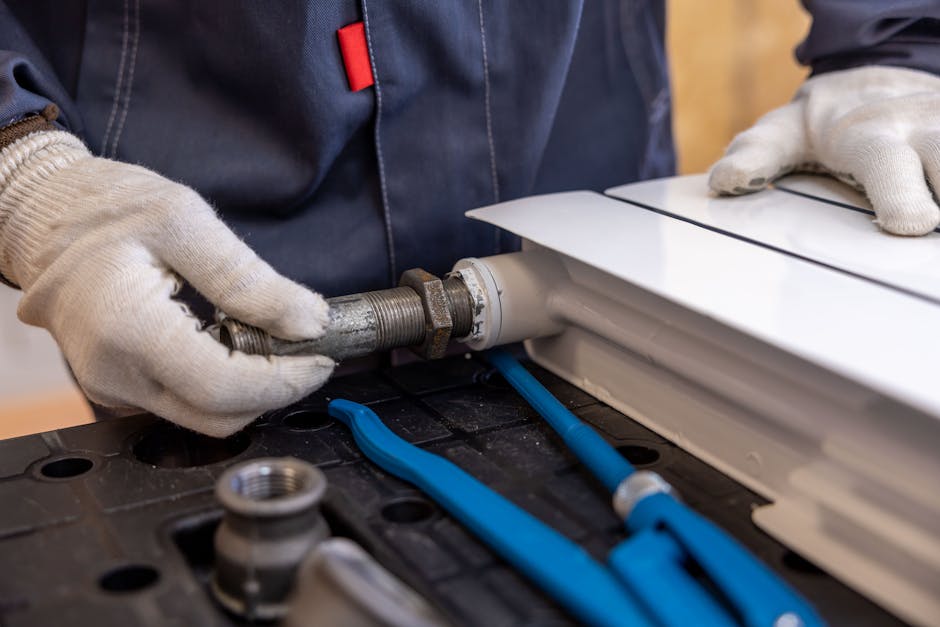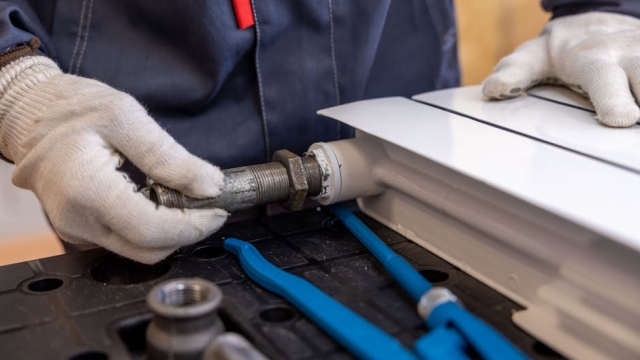Common Plumbing Issues and Their Symptoms

Understanding plumbing issues is essential for maintaining a functional home. When plumbing problems arise, they can disrupt daily life and lead to costly repairs if not addressed promptly. Knowledge of common plumbing issues, their symptoms, and effective troubleshooting techniques can empower homeowners to tackle minor problems themselves. This guide on plumbing problem solving provides insights into common issues, step-by-step troubleshooting methods, and guidance on when to call a professional plumber.
Common Plumbing Issues and Their Symptoms
Several plumbing problems can occur in a household, and recognizing their symptoms early is crucial for effective resolution. Here are some of the most common issues:
Leaky Faucets
A leaky faucet is not only annoying but can also waste a significant amount of water over time. Symptoms include the sound of dripping water, visible water pooling around the base of the faucet, or a constant flow of water even when the tap is turned off. Identifying the cause, which may be a worn washer or a loose O-ring, is the first step in plumbing problem solving.
Clogged Drains
Clogs can occur in sinks, toilets, and shower drains, causing slow drainage or complete blockage. Symptoms include water backing up in the sink, gurgling sounds from drains, or foul odors emanating from plumbing fixtures. Clogs may often be addressed through DIY methods, but understanding the underlying cause is vital for effective resolution.
Running Toilets
A running toilet can lead to increased water bills and wasted resources. If you notice water continuously flowing into the bowl or a persistent sound of water running, there may be a faulty flapper valve or an issue with the fill valve. Recognizing these symptoms early can prevent further complications.
Step-by-Step Troubleshooting for DIY Repairs
When faced with a plumbing issue, taking a systematic approach can often lead to successful DIY repairs. Here’s how to troubleshoot some common problems:
Fixing a Leaky Faucet
- Turn off the water supply to the faucet.
- Remove the faucet handle by loosening the screw underneath or at the back.
- Take out the cartridge or stem and inspect the washer and O-ring for wear.
- Replace any damaged components and reassemble the faucet.
- Turn the water supply back on and test for leaks.
Clearing a Clogged Drain
- Begin with a plunger; fill the sink with enough water to cover the cup.
- Position the plunger over the drain and push down firmly, pulling up sharply several times.
- If the clog persists, use a drain snake to reach deeper blockages.
- For stubborn clogs, consider a mixture of baking soda and vinegar, followed by hot water.
Repairing a Running Toilet
- Remove the tank lid and inspect the flapper valve; it should sit flat against the opening.
- Check the chain connecting the flapper to the flush handle for slack or tangling.
- Adjust the float arm if the water level is too high, causing overflow.
- Replace any faulty components as needed and test the toilet for proper function.
When to Call a Professional Plumber
While many plumbing issues can be resolved through DIY methods, some situations require the expertise of a professional. It is advisable to call a plumber in the following circumstances:
- If the problem persists despite your best efforts at troubleshooting.
- In the case of extensive water damage or flooding.
- If there is a noticeable drop in water pressure or signs of a sewer backup.
- When dealing with complex systems, such as water heaters or main sewer lines.
In conclusion, plumbing problem solving can empower homeowners to address minor issues effectively. By understanding common plumbing problems, utilizing step-by-step troubleshooting methods, and recognizing when to seek professional help, you can maintain a functional and efficient plumbing system. For comprehensive assistance and additional resources related to solving plumbing issues, consider reaching out to professionals who specialize in plumbing problem solving at John’s Rooter. Remember, being proactive in addressing plumbing issues can save both time and money in the long run.


